The world-famous sleuth Sholto David has another story for you! Its central character is a radiation oncologist, nanotechnologist and research integrity champion from University of Texas Southwestern in USA: Andrew Z Wang.
The full list of Wang’s problematic papers is on PubPeer, currently 12 of them. In 2017, Wang had to correct a freshly published paper, because “the same image was inadvertently duplicated” in Fig 3C and 3D:
Xi Tian , Minh Nguyen , Henry P. Foote , Joseph M. Caster , Kyle C. Roche , Christian G. Peters , Pauline Wu , Lata Jayaraman , Edward G. Garmey , Joel E. Tepper , Scott Eliasof , Andrew Z. Wang CRLX101, a Nanoparticle-Drug Conjugate Containing Camptothecin, Improves Rectal Cancer Chemoradiotherapy by Inhibiting DNA Repair and HIF1α Cancer Research (2017) doi: 10.1158/0008-5472.can-15-2951
Back in November 2017, we were informed that “The authors regret this error”. But had any steps been taken to prevent similar problems from occurring in the future? Sholto had to check.
Texas Correctional Dirge
By Sholto David
They say everything is bigger in Texas, but what about the nanoparticles… are they perhaps smaller? Today we return to Texas, but to everyone’s surprise, the subject is NOT MD Anderson!
Andrew Z. Wang is Vice Chair for Translational Research and Commercialization at UT Southwestern Medical Center. Wang’s profile at UT Southwestern highlights the commercial potential of his work; including 38 patents (or applications), and three biotechnology startups.
Earlier this year I identified a series of problematic papers published by Wang. Probably most concerning is this example published in ACS Nano, with more than twelve overlapping areas between five figures.
Kin Man Au, Yuanzeng Min, Xi Tian, Longzhen Zhang, Virginia Perello, Joseph M. Caster, Andrew Z. Wang Improving Cancer Chemoradiotherapy Treatment by Dual Controlled Release of Wortmannin and Docetaxel in Polymeric Nanoparticles ACS Nano (2015) doi: 10.1021/acsnano.5b02913
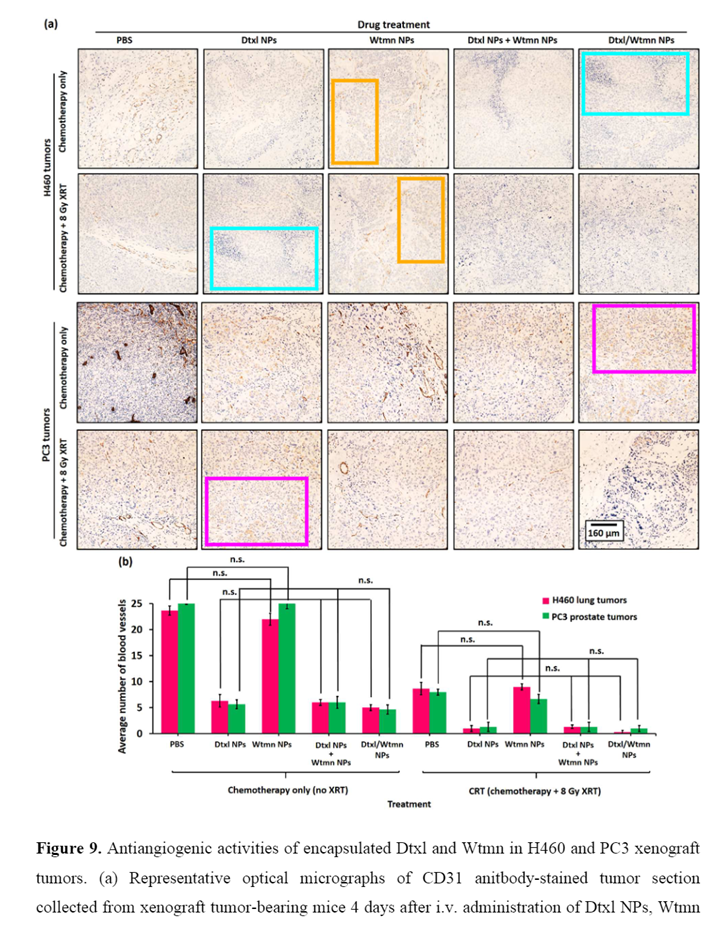
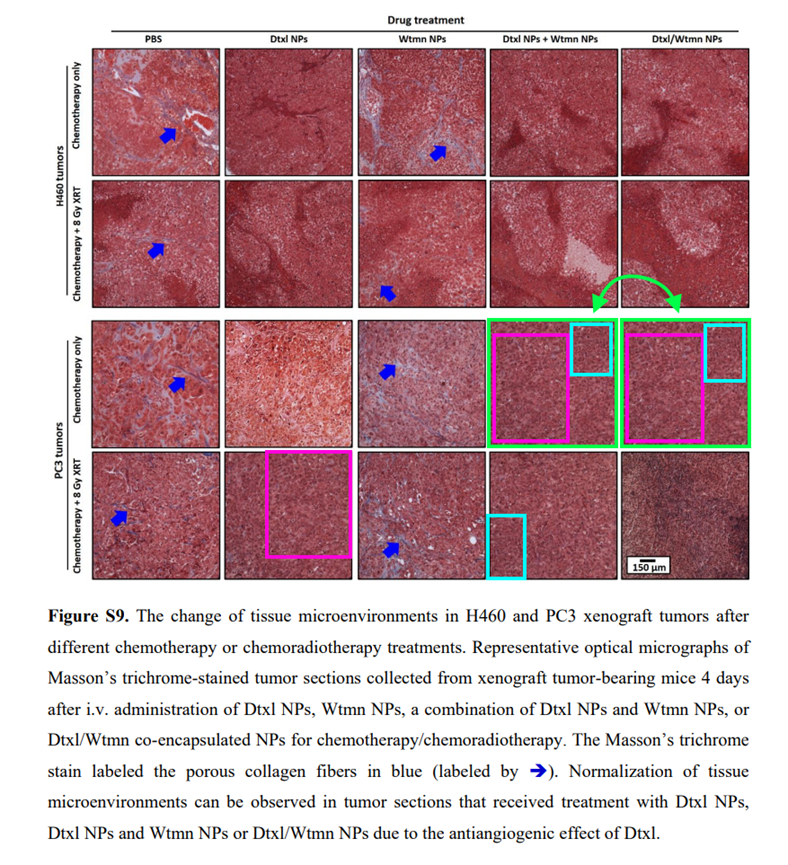
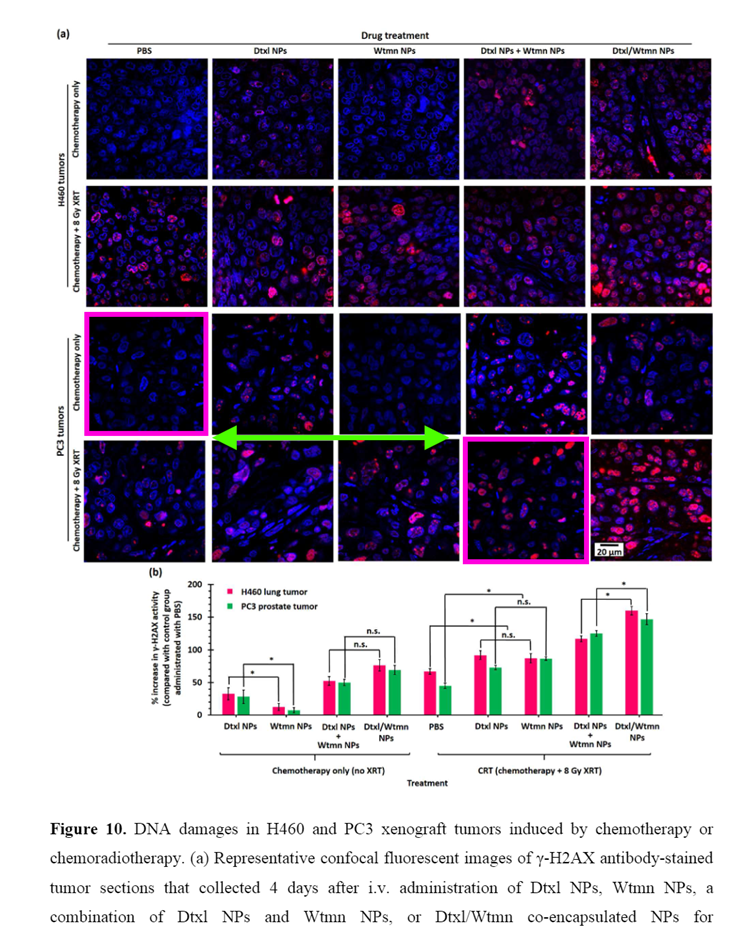
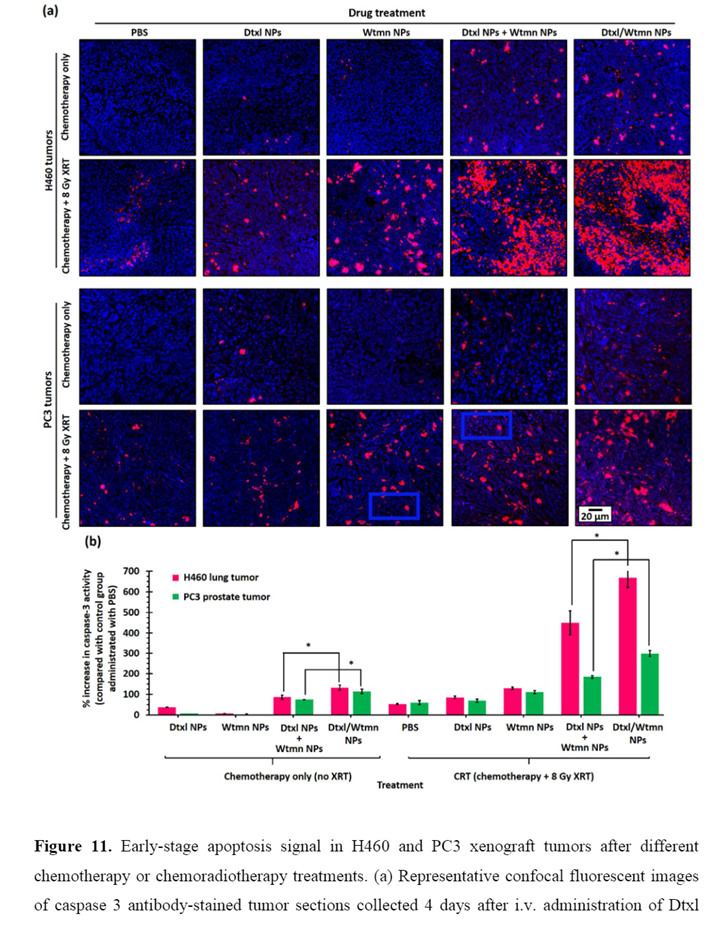
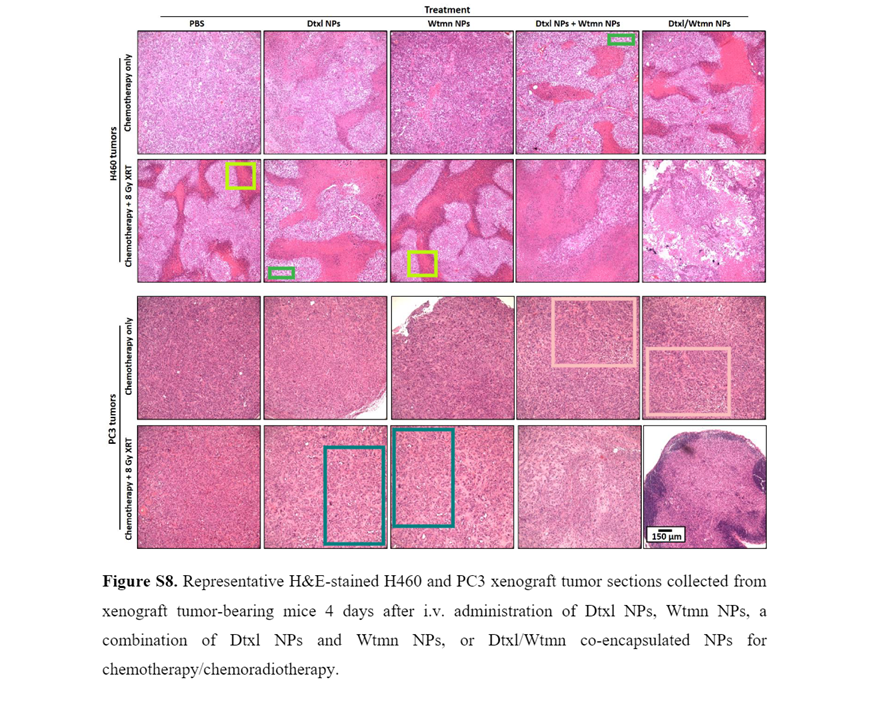
I sent my comments on this paper, and the eleven other problematic papers I found, to Wang and relevant colleagues at UT Southwestern. I also copied in the journals where the papers appeared, and their publishers. Wang replied quickly, admitting the errors and promising to fix them. Wang’s response is rather long (I’ll add it to the end of this blog post), his assistant professor Kin Man Au gave a more succinct reply:
“Thank you for your emais [sic] addressing the image issues regarding the published manuscripts. As first author, I prepared these images independently and no one else has modified these figures. We will review the original data and make appropriate revisions as soon as possible. I want to stress that all our studies do not rely on a single image, and we do NOT intend to use modified images to mislead the readers. I will respond to your comments as soon as possible.”
Kin Man Au
Kin stressed that their studies “do not rely on a single image”… which is true, they actually rely on lots of different partially overlapping images! Kin promised to make “appropriate revisions”, so I was disappointed to discover that above article has already been corrected on 14 May 2024, according to the notice, the Figures were “wrongly assembled“, and:
“In all histological studies, we recorded histological images of more than one tumor for all control and treatment groups. The erratum does not affect any of the experimental results, discussions, or conclusions reported in the paper. The authors sincerely apologize for this unintended oversight. Steps have been taken to prevent similar problems from occurring in the future.”
Correction for Au et al 2015
Two more of these problematic papers appeared in the same journal, ACS Nano:
Kin Man Au, Ashutosh Tripathy, Carolina Pe-I Lin, Kyle Wagner, Seungpyo Hong, Andrew Z. Wang, Steven I. Park Bespoke Pretargeted Nanoradioimmunotherapy for the Treatment of Non-Hodgkin Lymphoma ACS Nano (2018) doi: 10.1021/acsnano.7b08122
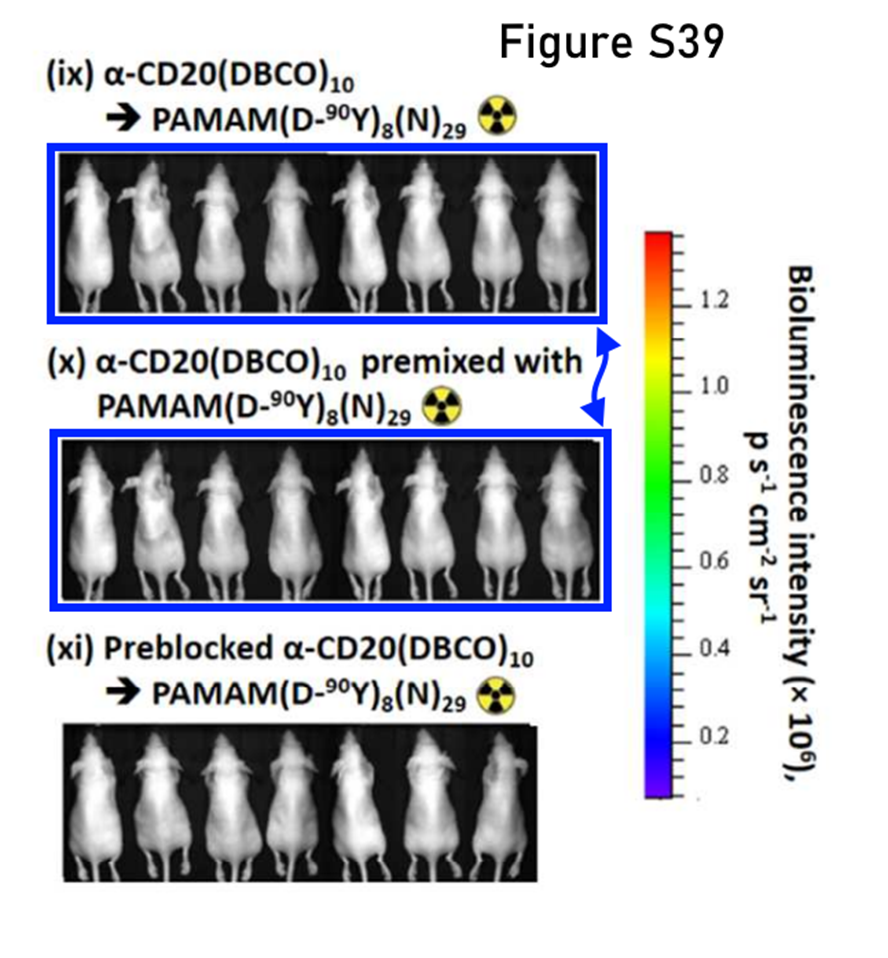
The above paper was corrected on 28 May 2024. The authors explained that they “are aware of image processing problems that led to the apparent duplication of several slides/images“, they solution was to “present alternative histological image recorded for the same treatment group for clearance“. The correction notice ended exactly with the same statement as before.
Xiaomeng Wan, Yuanzeng Min, Herdis Bludau, Andrew Keith, Sergei S. Sheiko, Rainer Jordan, Andrew Z. Wang, Marina Sokolsky-Papkov, Alexander V. Kabanov Drug Combination Synergy in Worm-like Polymeric Micelles Improves Treatment Outcome for Small Cell and Non-Small Cell Lung Cancer ACS Nano (2018) doi: 10.1021/acsnano.7b07878
Since the first two muddles in ACS Nano has already been corrected, one can assume that the third one will be fixed with exactly same notice about unaffected conclusions and steps which have been taken.
Also in an ACS journal, this time ACS Central Science, Kin Man Au posted to PubPeer to say a paper will be corrected soon.
Kin Man Au, Rod Balhorn, Monique C. Balhorn, Steven I. Park, Andrew Z. Wang High-Performance Concurrent Chemo-Immuno-Radiotherapy for the Treatment of Hematologic Cancer through Selective High-Affinity Ligand Antibody Mimic-Functionalized Doxorubicin-Encapsulated Nanoparticles ACS Central Science (2019) doi: 10.1021/acscentsci.8b00746
Indeed, the “Addition and Correction” arrived on 8 May 2024, we learn that “The problem is likely caused by improper preparation of histological specimens that led to the same histological specimens being split into 2 different experimental groups.” and that “The conclusion remains unchanged since no two control treatment groups would induce double-strand DNA breaks.” It ends once again with the classic refrain of
“For each treatment and control group, we recorded histological images of more than one tumor. This erratum does not affect any of the experimental results, discussions, or conclusions reported in the paper. The authors sincerely apologize for this unintended oversight. Steps have been taken to prevent similar problems from occurring in the future.”
Correction Dirge, sung by Kin Man Au and Andrew Wang
All this happening in ACS is disappointing, but not surprising, as ACS is notorious for its spineless stance on research integrity. Speaking of spineless, according to Kin Man Au on PubPeer, two papers published in the AAAS journal Science Advances will also be corrected.
Kin Man Au, Andrew Z. Wang, Steven I. Park Pretargeted delivery of PI3K/mTOR small-molecule inhibitor–loaded nanoparticles for treatment of non-Hodgkin’s lymphoma Science Advances (2020) doi: 10.1126/sciadv.aaz9798
On PubPeer, Au assured in May 2024 to have “contracted the Science Advances editors for the publication of a Correction” and that “Steps have been taken to prevent similar problems from occurring in the future.” He promised the same here:
Kin Man Au, Steven I. Park, Andrew Z. Wang Trispecific natural killer cell nanoengagers for targeted chemoimmunotherapy Science Advances (2020) doi: 10.1126/sciadv.aba8564
Two papers appearing in the Wiley journals Small and Advanced Materials also have corrections in the works, one was already issued.
Kin Man Au, Roland Tisch, Andrew Z. Wang Immune Checkpoint Ligand Bioengineered Schwann Cells as Antigen‐Specific Therapy for Experimental Autoimmune Encephalomyelitis Advanced Materials (2022)
doi: 10.1002/adma.202107392
The Correction from 27 May 2024 ended with the usual dirge refrain:
“We apologize for this unintended error. Steps have been taken to prevent similar problems from occurring in the future.”
Unfortunately, we were not told whether this erratum affects any of the experimental results, discussions, or conclusions reported in the paper. Let’s pray for reassurance in the upcoming correction here, although maybe it will never take place since Au is not one of the authors:
Feifei Yang, Yusra Medik, Liantao Li, Xi Tian, Dong Fu, Kim L. R. Brouwer, Kyle Wagner, Bo Sun, Hossein Sendi, Yu Mi, Andrew Z. Wang Nanoparticle Drug Delivery Can Reduce the Hepatotoxicity of Therapeutic Cargo Small (2020) doi: 10.1002/smll.201906360

In the above case Wang himself initially felt it was wise to argue his case on PubPeer that some of the images may be similar, but not actually the same, thus causing me to waste further time making a side by side presentation, after which he accepted that his “initial response was premature.”
Among the implicated publishers, Springer Nature must be announced, with their journal Nature Biomedical Engineering having responsibility for two of Wang’s masterpiece efforts. Notable in their absence here is Elsevier, perhaps the manuscripts simply weren’t corrupt enough.
Kin Man Au, Justin E. Wilson, Jenny P.-Y. Ting, Andrew Z. Wang An injectable subcutaneous colon-specific immune niche for the treatment of ulcerative colitis Nature Biomedical Engineering (2023) doi: 10.1038/s41551-023-01136-9
Another one with many authors but without Au to take full responsibility and to take the steps:
Xi Tian, Michael E. Werner, Kyle C. Roche, Ariel D. Hanson, Henry P. Foote, Stephanie K. Yu, Samuel B. Warner, Jonathan A. Copp, Haydee Lara, Eliane L. Wauthier, Joseph M. Caster, Laura E. Herring, Longzhen Zhang, Joel E. Tepper, David S. Hsu, Tian Zhang, Lola M. Reid, Andrew Z. Wang Organ-specific metastases obtained by culturing colorectal cancer cells on tissue-specific decellularized scaffolds Nature Biomedical Engineering (2018) doi: 10.1038/s41551-018-0231-0
In response to the above Andrew Z. Wang wrote on PubPeer (the “[We]” was his original text):
“We apologize for this clear mistake. [We] mistakenly copied and pasted the same images from S10 into S11. We have communicated with editor and we are in the process of issuing a correction. Since these images are both in the control group and these are supplemental figures that we voluntarily included, this mistake did not affect our results or conclusions. We appreciate you pointing out this error and we have installed new process in the lab to prevent such errors from happening.”
Andrew Z. Wang
Data is “voluntarily” included in a manuscript, certainly a new perspective, “this mistake did not affect our results or conclusions” is not a new idea, however.
No post could be complete without ubiquitous duplications of transwell assay images. In this case, Wang’s Chinese collaborators in China say they contacted the Royal Society of Chemistry journal about the issue.
Hai Huang, Hongdong Shi, Jing Liu, Yuanzeng Min, Yucai Wang, Andrew Z. Wang, Jun Wang, Yangzhong Liu Co-delivery of all-trans-retinoic acid enhances the anti-metastasis effect of albumin-bound paclitaxel nanoparticles Chemical Communications (2017) doi: 10.1039/c6cc08146k
Seeing the manuscripts being corrected one at a time is frustrating. The terrible muddle in ACS Nano should be used to inform our understanding of the reliability of the other papers. Taking a blinkered approach, and accepting absurd corrections with as many figures as a small paper will not deter future offending.
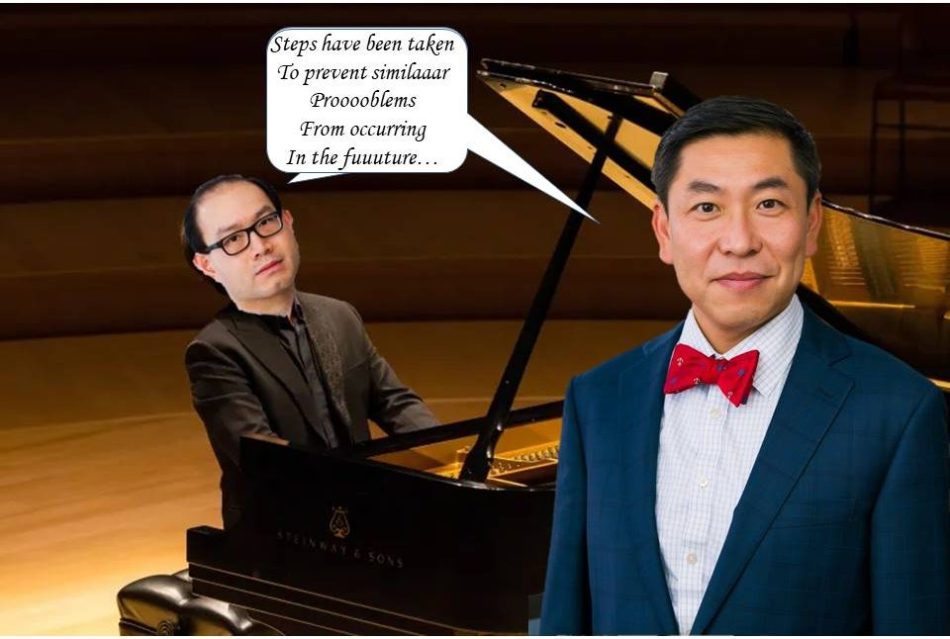
I will share Andrew Z. Wang’s full response to me:
“First, let me state that I take scientific integrity seriously and it is the utmost important to me that our published work is scientifically sound. As a physician scientist, my goal/measure for success is to translate our work into new therapeutics for patients. Thus, any “improved figures/images” hurt our mission. My former and current lab members can attest that I have lectured the importance of scientific rigor and image rigor in our meetings several times each year. The publications you highlighted are mostly from our group (except the last one where I am a collaborator) and largely written by Kinman (all but 2) who is a long time member and research assistant professor. I have a personal philosophy of not editing any figures or original data myself (for scientific integrity), so I rely on first authors to make sure all of the figures are mistakes free. In fact, the submission is generally done by first authors so there is no concern of me altering any data. I do proof-read each paper carefully but clearly, I did not catch these mistakes. And I agree with you that these images suggest we made mistakes. I will work with the first authors to find the root cause and make necessary corrections. We will respond to each query carefully and thoroughly. I do want to let you know that images aside, my group has a routine practice where new lab members would repeat important (in vivo efficacy) experiments from previous high profile publications. I am happy to report that thus far, we have been able to replicate our data. Thus, I do not have concerns about the “broader message”/conclusions of our published work. Lastly, I would like to thank you for this. As much as it causes me agony, I recognize the importance of your work. We will work hard to correct any mistake and not to make any such mistakes in the future.”
Andrew Z. Wang
As Principal Investigator, Wang is not responsible for the content or integrity of his papers, only for their “high profile” impact factor, and the money they bring him.
With thanks to ImageTwin.ai, which was used to detect many of the errors discussed in these papers.
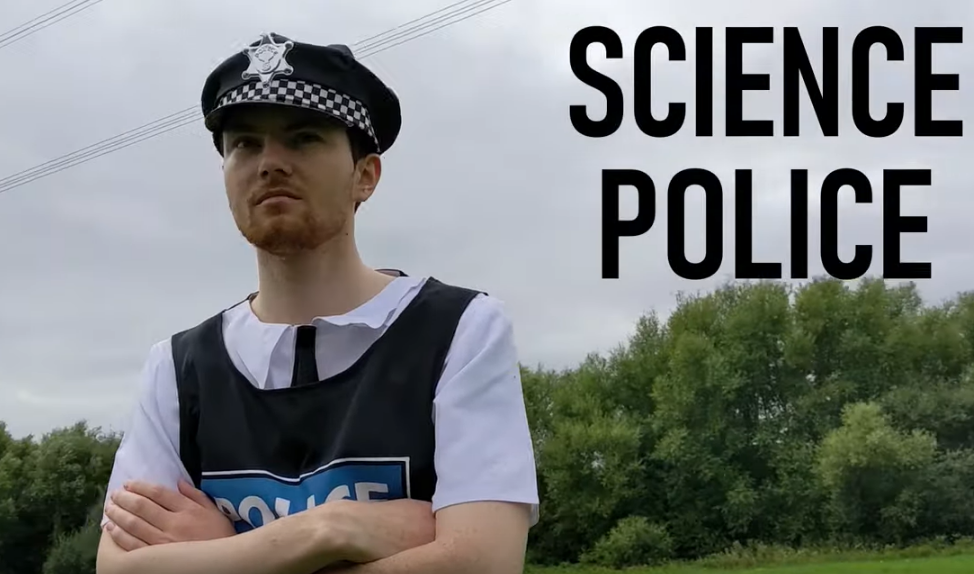


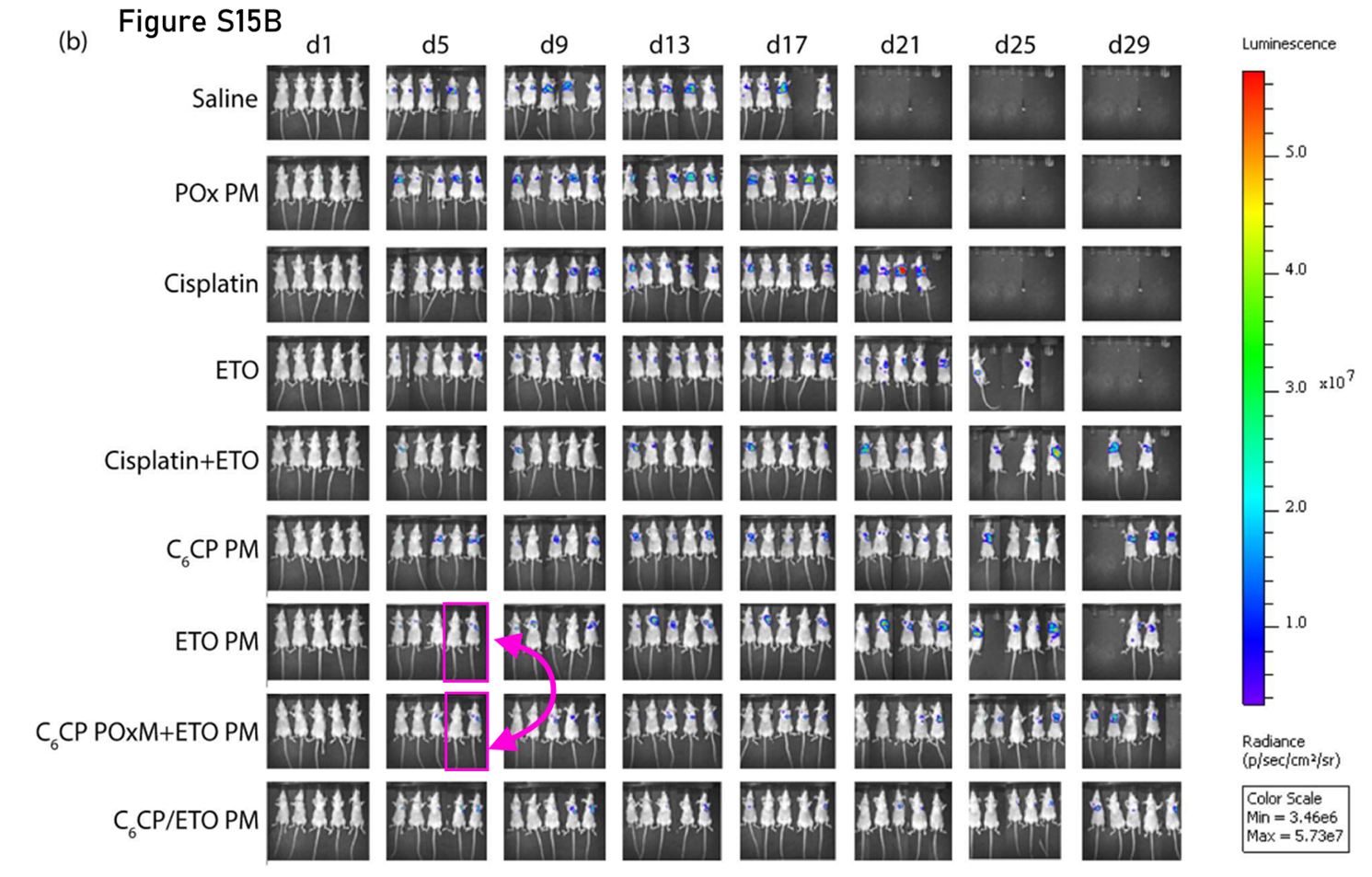


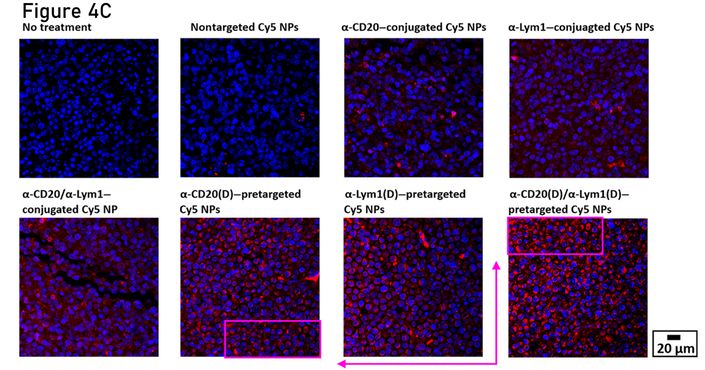
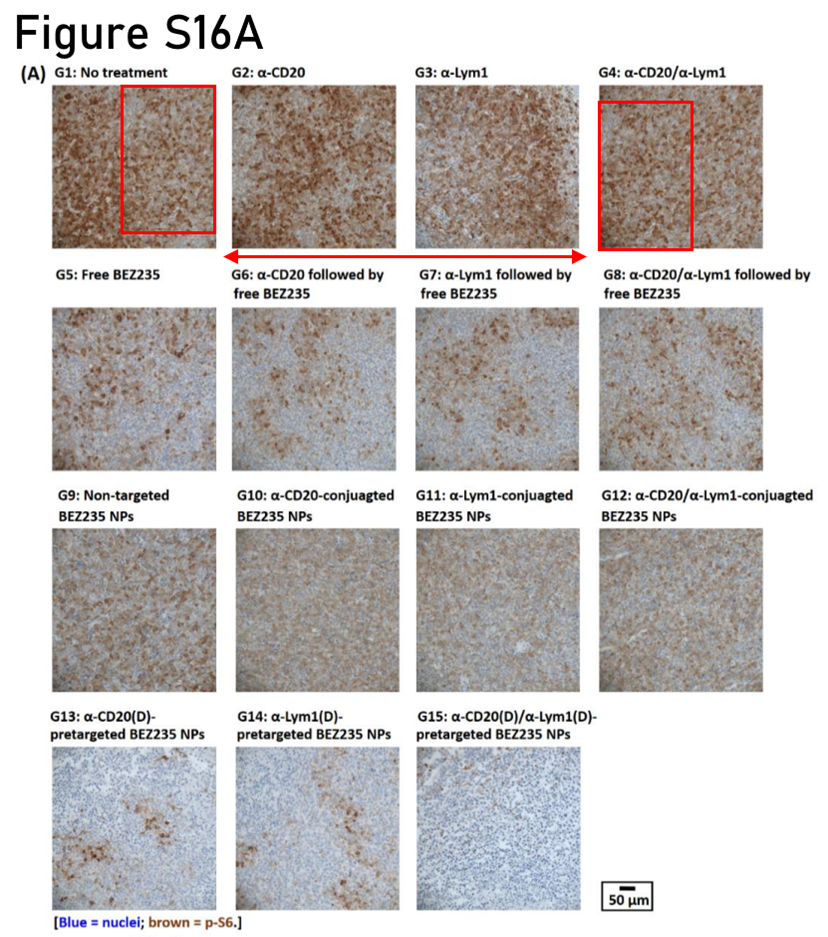


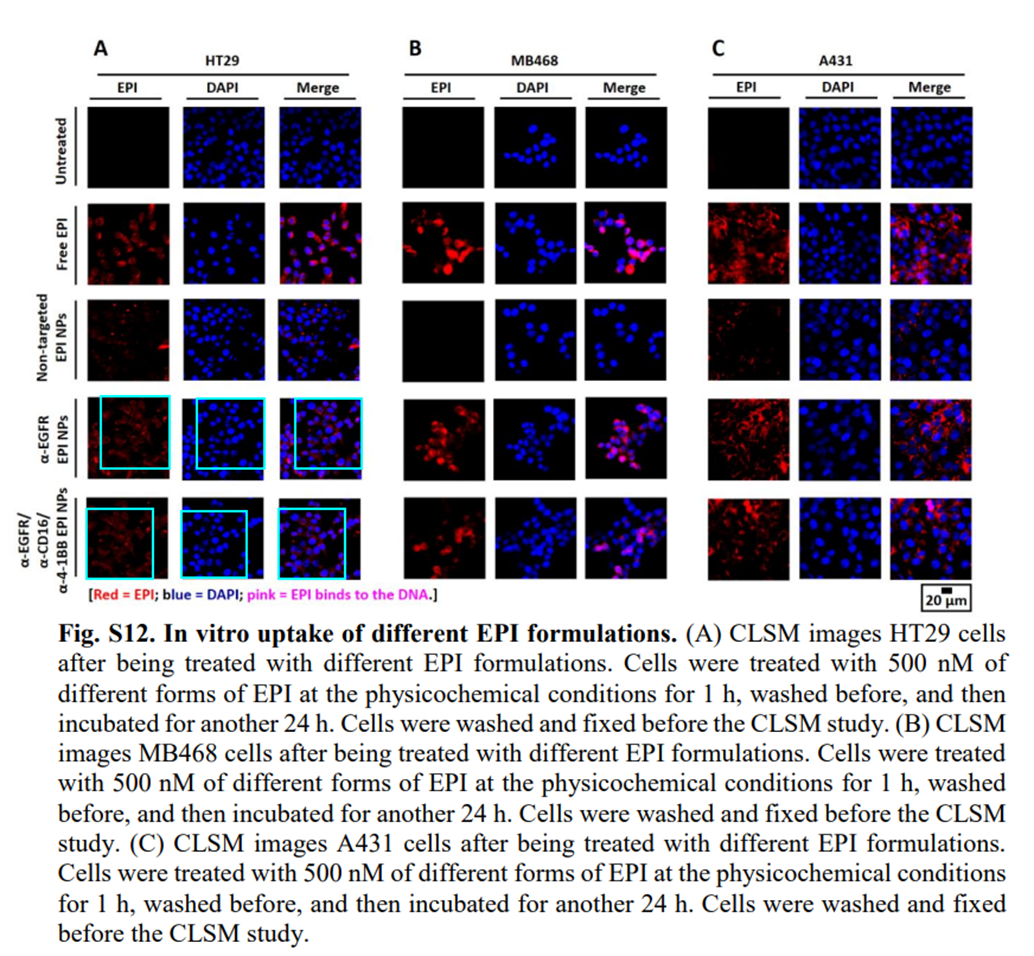


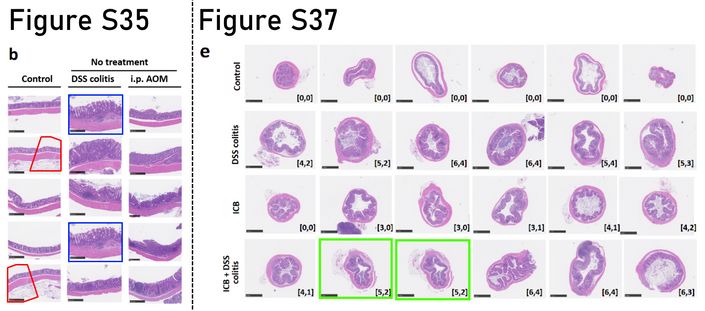



These types of “explanations” or rather, excuses, are so tedious.
If researchers are so incompetent that they cannot accurately keep track of which images are evidence of which experiments, how would anyone trust the veracity of the other data, results, or conclusions in the paper? Images are obviously important, but they are also, easily the lowest common denominator in the research data.
It is clear that publishers like AC$ just don’t care. As long as the check clears, they are happy.
LikeLiked by 1 person
I do believe it is possible to accidentally make mistakes with images, we are all human and make mistakes. However, if it is something that ‘happens’ over and over of course there are 2 options: either you are a fraud (and it it not a mistake) or you are an idiot that should never be in science (incompetent as you call it).. So it is either 1 or 2, take your pick. Anyway, in both scenarios you should not be in science.
The bigger problem is however that publishers always give authors the benefit of the doubt and see papers as 1 (not together) so you are always allowed to correct each paper with ‘an honest mistake’; however this idea of an honest mistakes is gone if you have to do it over and over. And at some point it should stop, but publishers don’t see it like that as they treat each paper separately.
LikeLiked by 1 person
IndIndeed, especially because labeling and storing images correctly is the easiest part of an experiment. If they can’t even do that right, I don’t believe they can properly prepare samples, handle incubation, use devices correctly, avoid contamination, and so on.
LikeLiked by 1 person
ACS is a mafia. They don’t care what the scientific community thinks of their bizarre editorial decisions because they ARE the scientific community, ie its elites who decide about everything.
So much for that old idea of let’s stop commercial publishing and allow only learned societies to publish journals.
LikeLiked by 1 person
That’s because ACS Pubs is so profitable, in part because they pay no taxes to the US Govt. The president of ACS Pubs usually makes over 1 million USD a year. If academic libraries around the world banded together and refused to pay outlandish subscription fees, this would come crashing down.
https://paddockpost.com/2022/02/16/executive-compensation-at-the-american-chemical-society-2/
LikeLiked by 1 person
Image manipulation/duplication is low hanging fruit; only the laziest fraudsters are caught with these methods. I look forward to the development of tools that can someday, for example, extract data from a graph and make conclusions about whether the reported p-values are correct or whether data are anomalous. Images are the tip of the iceberg–the bulk of the fraud is numbers manipulation.
LikeLiked by 1 person
Ah,… just cherry pick the raw data, samples, test results, done.
LikeLike
I look forward to the realization that many publications do not show “data” in the first place, but only accounts of data (and necessarily so). This has not changed since the time when photographs and statistical analyses did not even exist (at least in biology). When I read papers from the turn of the previous century (in France it was the Belle Époque), with only drawings, or not even, I don’t feel estranged in the least. This disturbing notion should be taken into account when discussing the paramount question of scientific integrity.
LikeLike
I often recalculate summary statistics from charts. Fancy software is not necessary. You can measure x and y position with pixels and compare to axis coordinates. Occasionally I find problems, but it’s hard to get people to engage
LikeLike
… and dumbest to add to the fraudsters.
These tools are even now outdated, the data from a graph are generally a result of a complex processing of a few sets of raw data therefore is very difficult to walk the path backwards. Something similar to making an omelette from eggs and eggs from an omelette. Without raw (experimental/calculated) data it’s almost impossible to verify any result and that’s why there is such a fierce resistance for providing raw data.
LikeLike
Hey, that’s what Maarten did to Eremets!
LikeLike
Exactly, the russist is not in the smarter’s pool. 😉
LikeLike
So to summarize the dirge: “we lack the competence to assemble figures, but our data, analysis and conclusions are nevertheless perfect.” Or maybe it should go: “this data stuff is over-rated, just believe us because we’re geniuses.” Mmmm, still not right is it? Last try: “we don’t give a f*ck, so why should you?” Actually, that last one fits ACS better, probably. Having had the dubious pleasure of reviewing work spewed from this nanotech crapsewer, I think you’re going easy on them. Nice move being an integrity mentor, however: hide in plain sight.
LikeLike
The ACS presidents are worth every penny of that $1 million salary.
Like the tobacco CEOs – they get paid so much because despite everything they make sure people still smoke.
LikeLike
One look at bro’s cringe bow tie, it’s immediately obvious that something is not right.
LikeLike
Say what?

LikeLike